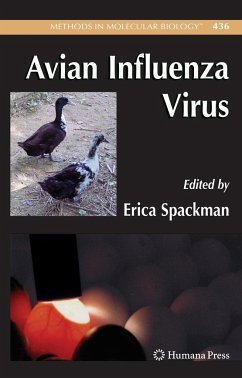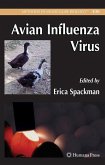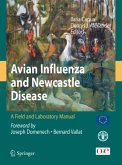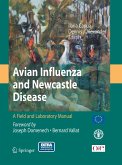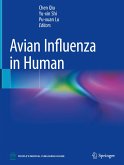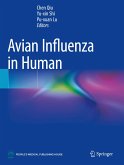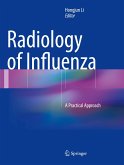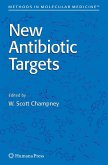The avian influenza (AI) virus, which is the type A influenza virus adapted to an avian host, has been an important pathogen for the poultry industry worldwide for many years. Although the cause was unknown at the time, one of the first recognized outbreaks of highly pathogenic AI (HPAI) virus occurred in Europe in the 1870s. Since 1955, when the AI virus was first identified, there have been about 24 outbreaks of the HPAI virus in domestic poultry worldwide. Of those, perhaps the most consequential HPAI virus strain to emerge has been the Asian H5N1 HPAI virus, which was first seen in Southeast Asia around 1997. Until sometime in 2003, this strain had been mainly involved in sporadic outbreaks and was relatively contained. Then in 2004, reports of infection in poultry increased throughout Asia at about the same time as fatal cases of human infections in several Southeast Asian countries were confirmed. By 2006, the virus had spread further throughout Asia, into Africa and Europe, and as far west as the United Kingdom.
Hinweis: Dieser Artikel kann nur an eine deutsche Lieferadresse ausgeliefert werden.
Hinweis: Dieser Artikel kann nur an eine deutsche Lieferadresse ausgeliefert werden.
From the reviews: "This small book focuses on the laboratory methods used to study the avian influenza strains. ... this book is very timely. ... would be most useful to scientists researching the spread and genetics of avian influenza. ... is a useful book for laboratories needing a quick reference on several difficult laboratory techniques. It is comprehensive enough to answer the difficult questions ... ." (Rebecca T. Horvat, Doody's Review Service, May, 2008) "This book focuses on both the standard virological methods that are fundamental for influenza virus research and diagnostics ... . Each chapter has been supplied with a brief summary, and a rich list of references, tables, graphs and photographs. The book is concluded by a Subject Index. This book may be recommended to all who need extensive information about field and laboratory work with avian influenza viruses, since many important protocols/procedures have not been described in such detail elsewhere." (G. Russ, Folia Microbiologica, Vol. 53, November, 2008)

